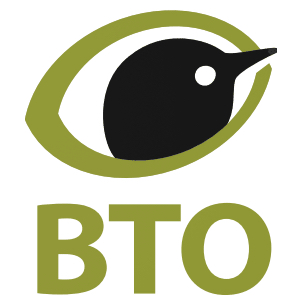The dunnock is described by its name which derives from the Old English word for ‘little brown’. This is because, from afar, they do look drab. But get up close and it's actually quite a pretty little bird. They can be confused with sparrows, particularly female house sparrows, and in fact, have also been called hedge sparrows. This guide will tell you how to tell them apart.
Learn more about the species in our expert guide by the British Trust for Ornithology (BTO).
What is the scientific name of the dunnock?
The scientific name of the dunnock os Prunella modularis. ‘Prunella’ comes from the Latin word prunus, and refers to the rufous brown upperparts of the dunnock. ‘Modularis’ comes from the Latin word modulari, which means to sing or warble.
The dunnock is also known as the hedge sparrow (despite the fact that they are not members of the sparrow family), and hedge accentor.
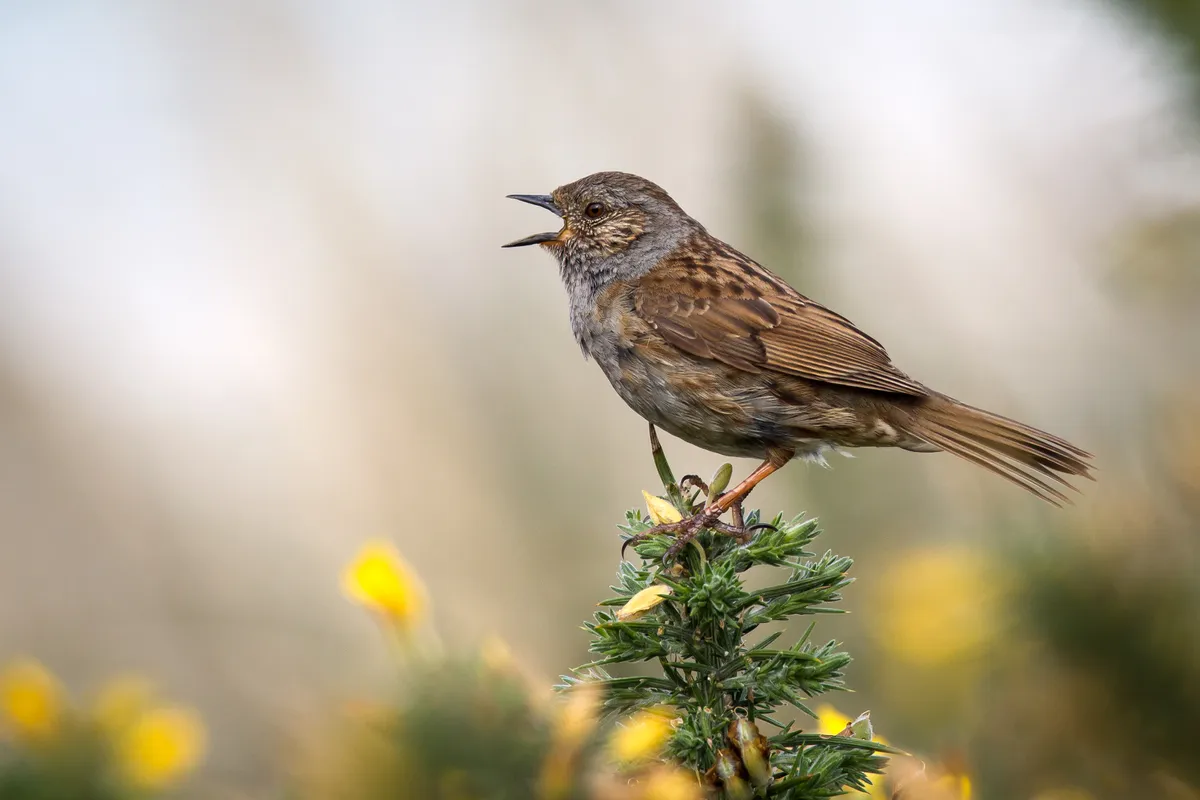
The dunnock is part of the Accentor group (Prunella genus), in the Prunellidae family. There are no other birds in the UK in the Prunella genus, non-UK members of the genus include Alpine accentor (Prunella collaris) and rufous-breasted accentor (Prunella strophiata).
Learn more about garden birds:
How to identify dunnocks
Dunnocks are streaked black and brown above and below, with a lead-grey head. They have fine, dark bills. Young juvenile dunnocks have pale bills and light speckled feathers, but they soon develop into their adult features.
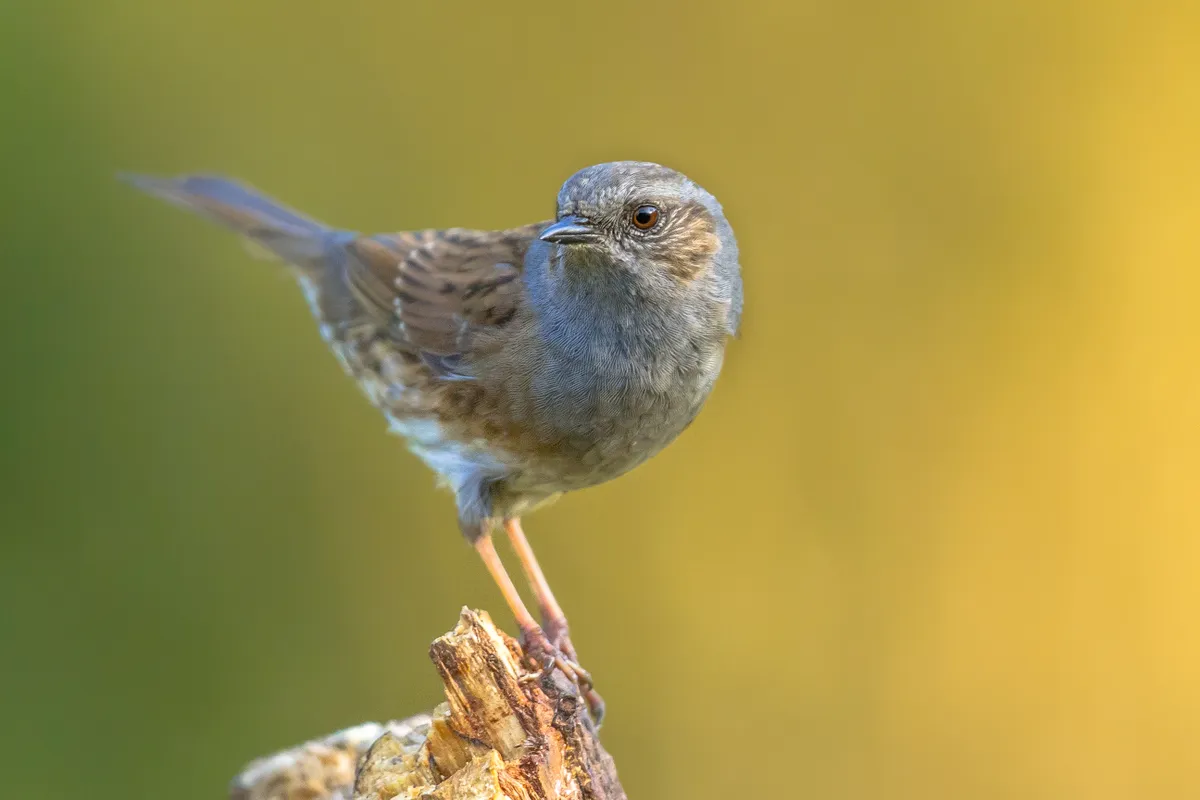
In comparison, house sparrows have a stout bill. Also, whereas male and female house sparrows look different, males and female dunnocks look similar. Additionally, dunnocks spend a lot more time feeding on the ground in comparison to house sparrows.
Please note that external videos may contain ads:
BTO Garden BirdWatch - Telling apart house sparrow and dunnock © BTO
What do dunnocks sound like?
Dunnock song consists of a series of undistinguished rushed phrases, less melodious than a robin. Their alarm call is a single, flat piping note.
Please note that external videos may contain ads:
#BirdSongBasics - House sparrow and dunnock. © BTO
#BirdSongBasics - Dunnock and wren. © BTO
What do dunnocks eat?
Dunnocks mostly eat insects and spiders, taken from the ground, but will also take small seeds in winter.
What predators do dunnocks have in gardens?
Dunnocks are mostly predated by sparrowhawks.
How numerous are dunnocks?
In 2016, there were around 2,350,000 pairs of dunnocks in Britain and around 2,500,000 pairs in the UK.
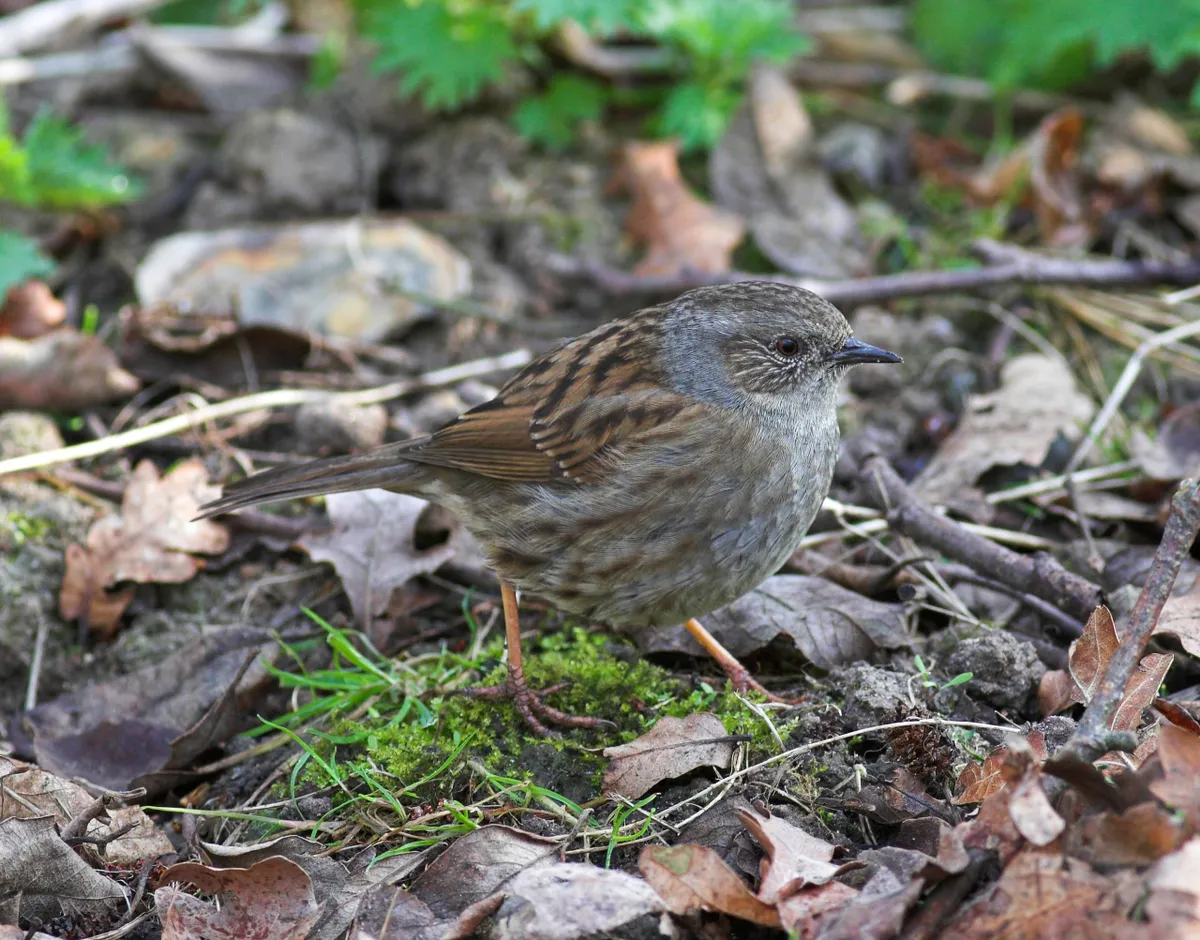
How long do dunnocks live for?
Dunnocks live for approximately two years. The current longevity record for this species is 11 years and three months.
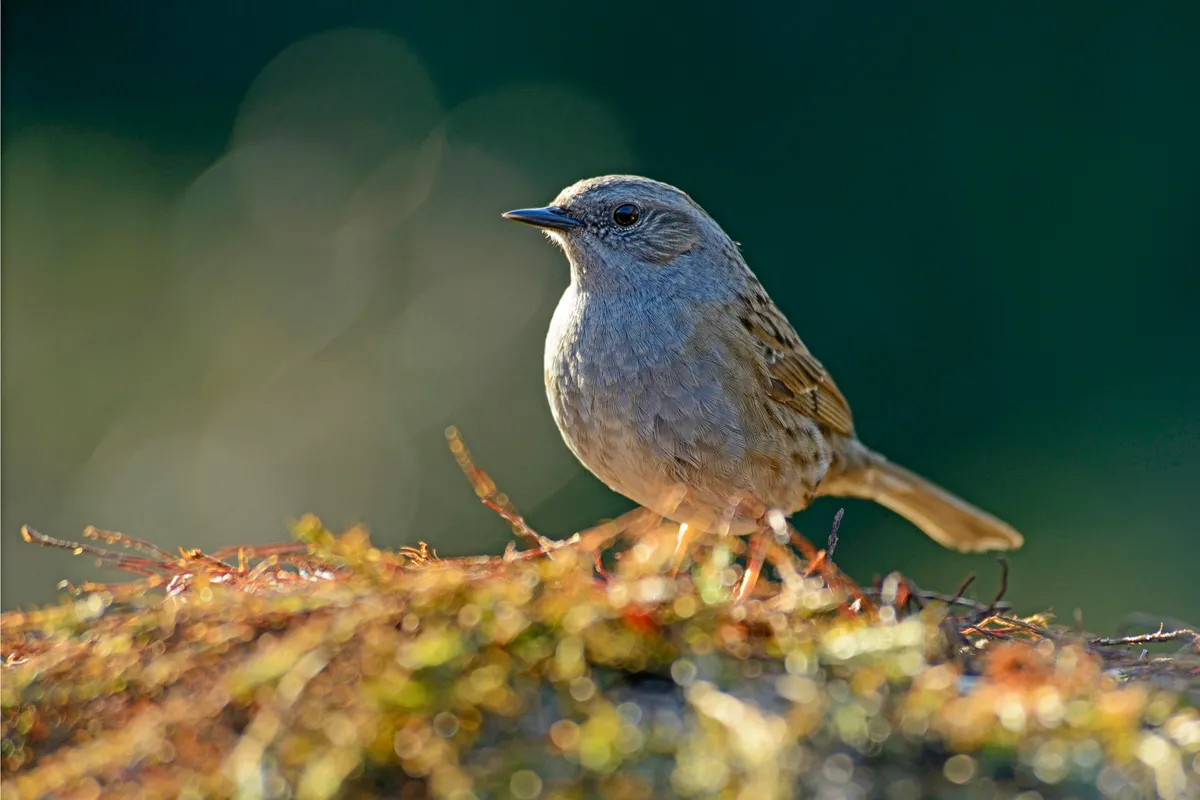
When are dunnocks most frequently seen in gardens?
According to 25 years of BTO Garden BirdWatch data, dunnocks are most frequently seen in gardens during March, in around 82% of gardens.
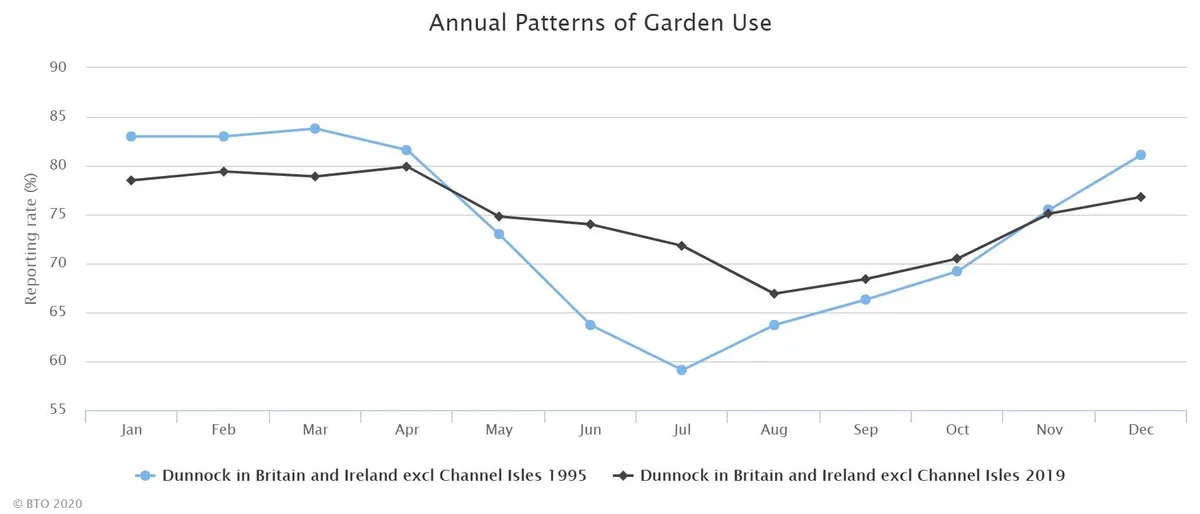
Are dunnocks increasing or declining in gardens?
According to 25 years of BTO Garden BirdWatch data, dunnocks have declined slightly in gardens since the survey began.
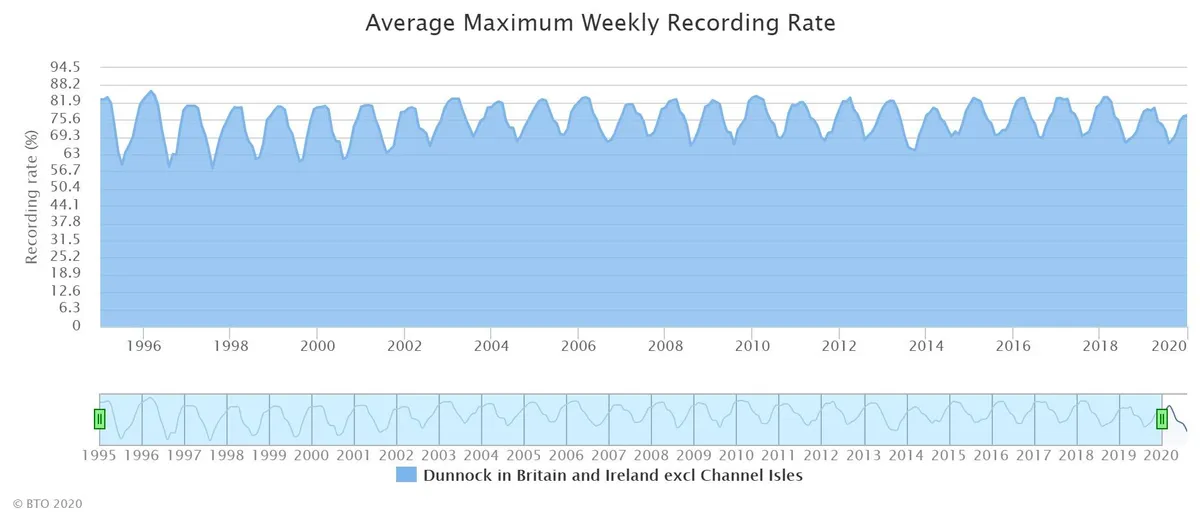
When do dunnocks nest?
Dunnocks nest between April and July and can have up to three broods in a year. A typical clutch size is of between four and five eggs.
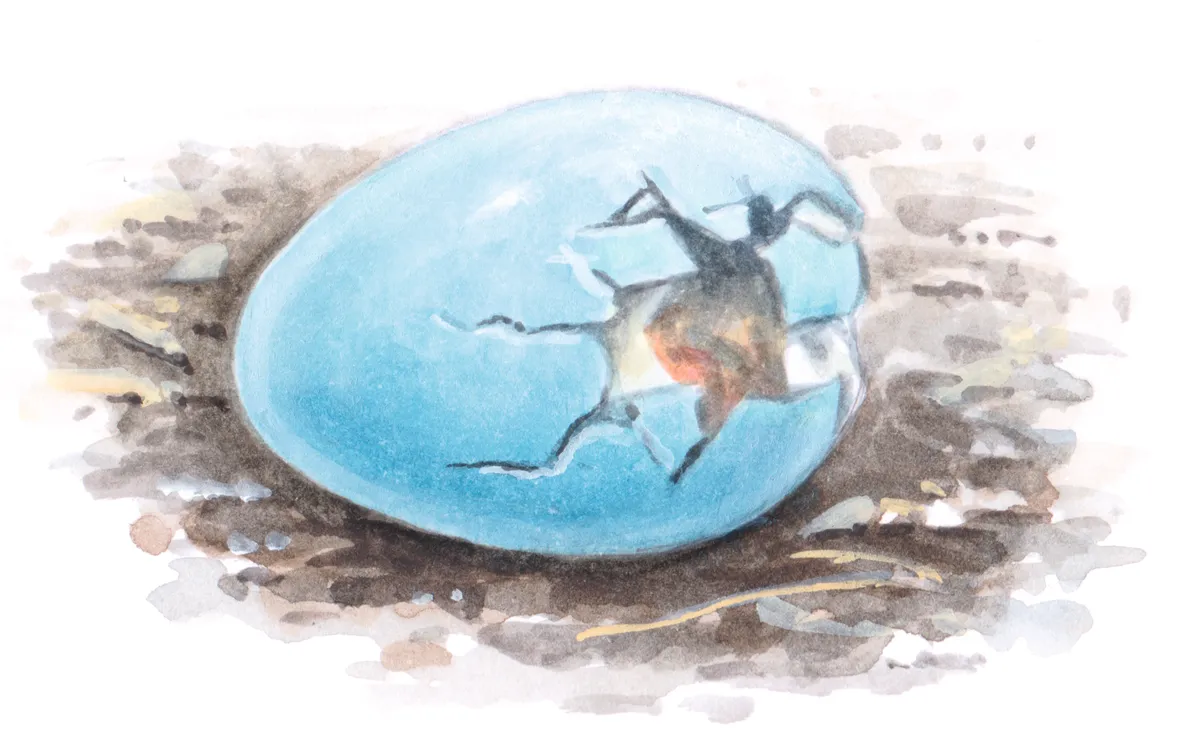
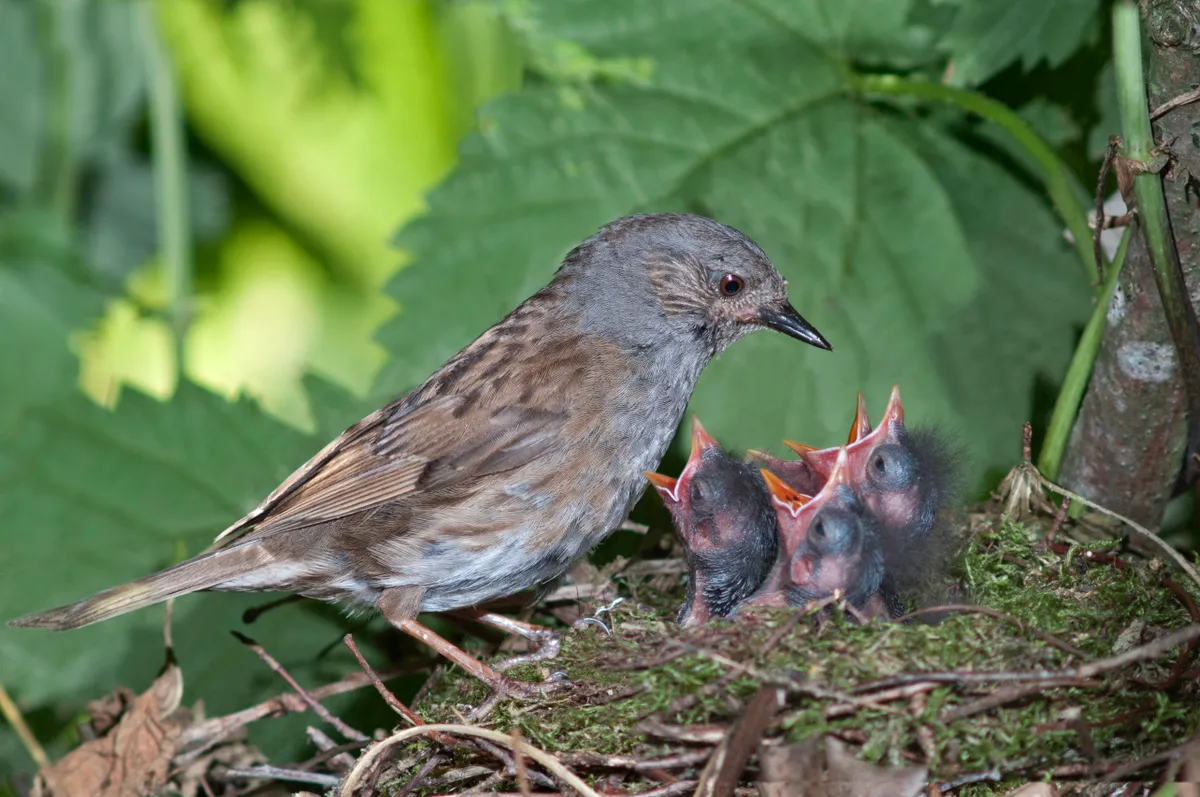
What other threats to dunnocks have?
Dunnock nests are often targeted by cuckoos in the countryside. Despite the dunnocks' bright blue eggs looking quite different from the pale, speckled egg of the cuckoo, it doesn't seem that dunnocks are capable of ejecting these ‘imposter’ eggs.
This suggests that dunnocks are a relatively recent host that hasn't evolved a response to this act of parasitism.
This doesn’t seem to be affecting dunnocks as they can rear two or three broods in a season, which is good news for the declining cuckoo.
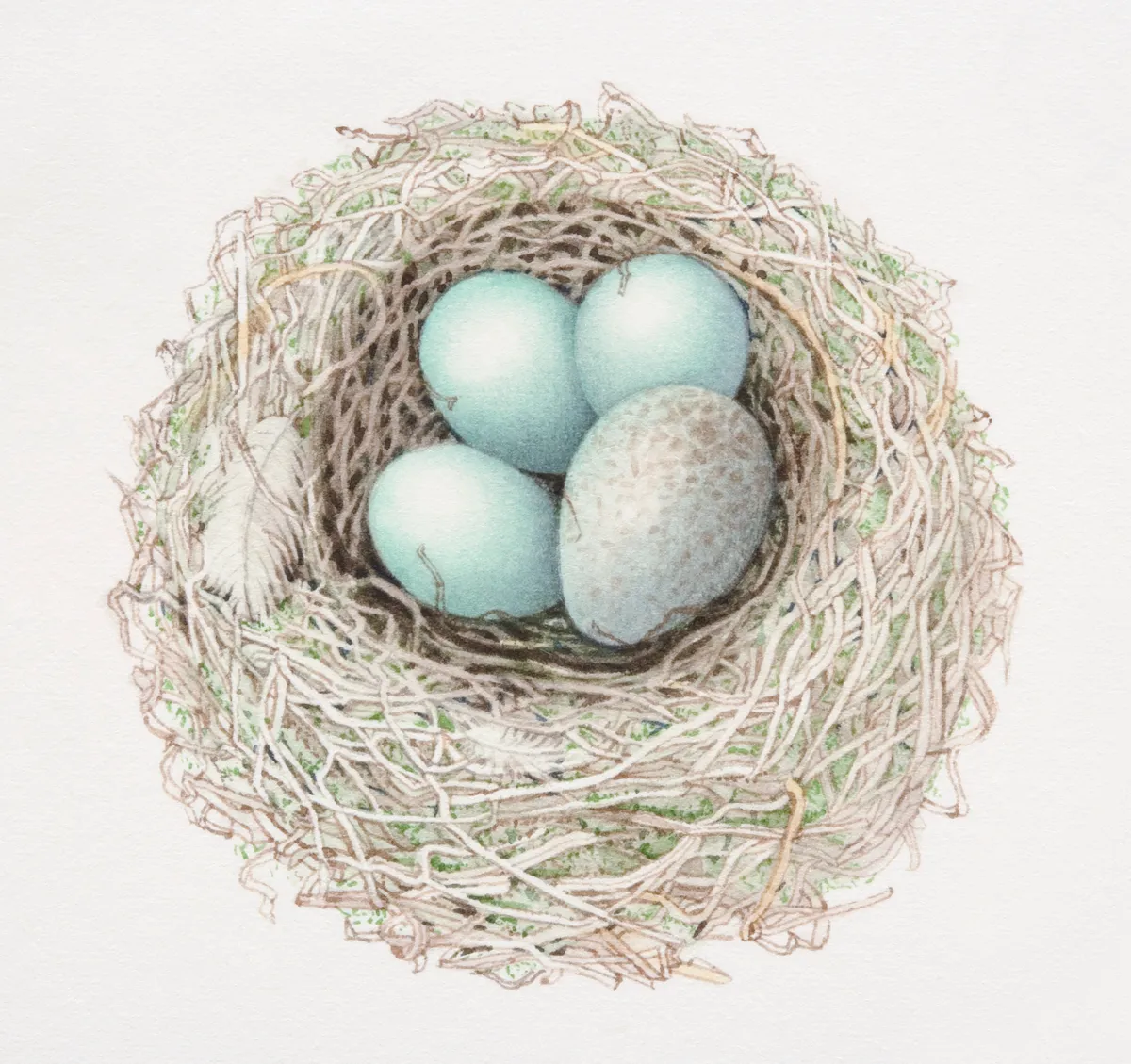
Do dunnocks use nestboxes?
Dunnocks don’t often use nestboxes, but may occasionally use open fronted nestboxes.
What is unusual about the dunnocks' social system?
Dunnocks have a very complicated social system and despite being quite an unobtrusive species that tends to shuffle around quietly, they are real characters.
Although many dunnocks have monogamous pairings (one female and one male), others have more complex arrangements.
Unusually for a bird species, both female and male dunnocks have their own breeding territories. The territories of males are usually larger and overlap with female territories, allowing them to mate with two or more females (known as polygyny).
Females will also often mate with more than one male (known as polyandry). There are even cases of polygynandry, which can involve two or three males mating with three or four females.
If that wasn’t complicated enough, some male territories may be shared by two males, one alpha and one beta. The two work together to defend the territory against intruders.
You can find out more about this behaviour in this article from a past issue of Bird Table magazine, the magazine for BTO Garden BirdWatch members.
What can I do to help dunnocks in my garden?
Providing shelter for them to nest in and providing a fresh, clean source of water for them.
The British Trust for Ornithology (BTO) is a UK charity that focuses on understanding birds and, in particular, how and why bird populations are changing. Our vision is of a world where people are inspired by birds and informed by science.
Main image: Dunnock. © Tom Cadwallender/BTO
